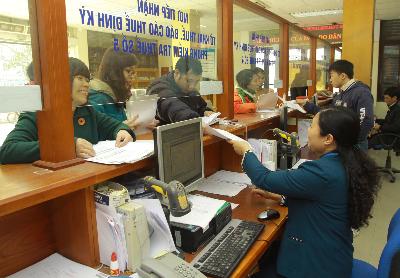An insolvency situation gives rise to significant concerns for all parties concerned. This is particularly true for the employees of the enterprise, who may find themselves at risk of redundancy and/or unable to recover all sums due to them from their employers under their employment contracts or the law. Bankruptcy Law No. 51/2014/QH13 dated June 19, 2014, which will take effect on January 1, 2015 (the 2014 Law on Bankruptcy), contains general rules on the effect of bankruptcy procedures on employment applicable to all types of enterprises and specific provisions applicable only to credit institutions.
Types of bankruptcy procedures
An employer is insolvent if it cannot pay its debts within three months from the due date of those debts (Article 4.1). If the employer cannot improve its financial position, it is likely to enter into a bankruptcy proceeding. Insolvency procedures include two major procedures: the “business rescue procedure” and the “bankruptcy declaration procedure”. It is not necessary for the insolvent company to successively undergo such two procedures to be bankrupt. The procedure of commencing a bankruptcy procedure (Article 42 and seq.) is a launching pad for those procedures...[1]
* Only subscribers can access the rest of this article.
[1] See, Bui Duc Giang, “The new law on bankruptcy at a glance”, Vietnam Law & Legal Forum, Vol. 21 - No. 242 October 2014.



